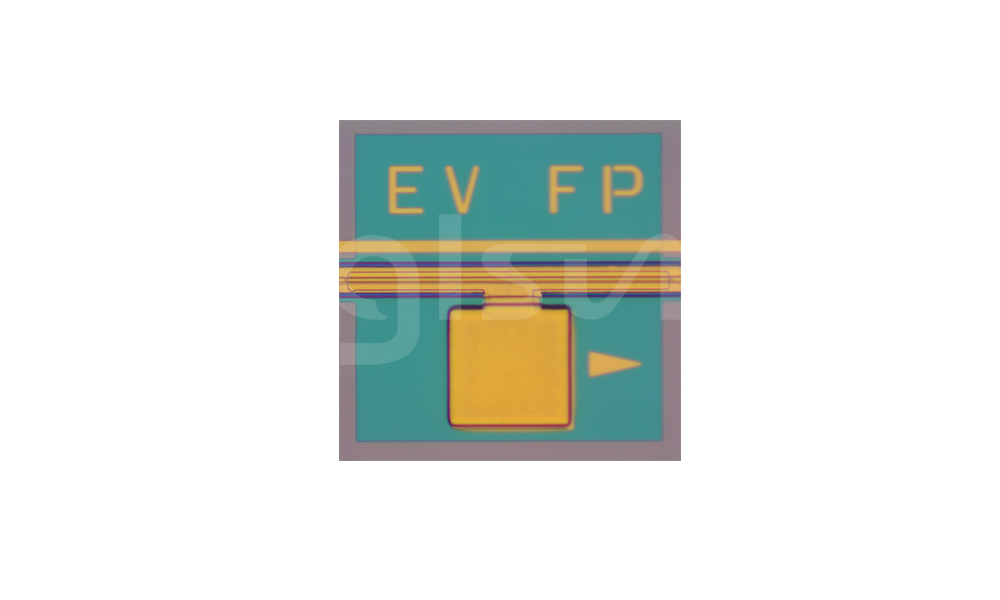What is an optical chip?
2024-02-21
Optical chips are one of the most basic components in the optical communications industry and one of the links with the highest technical barriers. Optical chips are used to achieve photoelectric signal conversion, which can be further assembled and processed into optoelectronic devices and integrated into transceiver modules of optical communication equipment to achieve a wide range of applications. The performance of the optical chip directly determines the transmission efficiency of the optical communication system.
The three types of optical chips are laser chips, detector chips, and optical amplifier chips. The laser chip is mainly used to emit signals and convert electrical signals into optical signals. The detector chip is mainly used to receive signals and convert optical signals into electrical signals. Optical amplifier chips are used to amplify optical signals and increase transmission distance and transmission rate.
From a material perspective, typical products of optical chips include InP series, GaAs series, Si/SiO2 series, SiP series and LiNbO3 series, etc. Among them, InP series products include high-speed direct modulation DFB and EML chips, PIN and APD chips, high-speed modulator chips, multi-channel tunable laser chips, etc.; GaAs series products include high-speed VCSEL chips, pump laser chips, etc.; Si/SiO2 series Products include PLC, AWG, MEMS chips, etc.; SiP series products include coherent optical transceiver chips, high-speed modulators, optical switches and other chips, as well as TIA, LD Driver, CDR chips, etc.; LiNbO3 series products include high-speed modulator chips, etc.

The manufacturing technology of optical chips is very complex and requires mastering the preparation and processing technology of multiple materials, as well as precise micro-nano processing technology. In addition, the manufacturing process of optical chips requires a highly clean environment that is dust-free, vibration-free, and static-free to ensure the quality and performance of the chip. Therefore, the production cost of optical chips is relatively high, but with the continuous development of technology, the production cost is gradually decreasing.
In the future, the optical communication industry will usher in greater development opportunities with the widespread application of technologies such as 5G and IoT and the continuous growth of data traffic. As the front-end of the optical communication industry chain, the technology and industry chain of optical chips will also be continuously upgraded and improved to provide a more solid foundation and support for the development of optical communication technology.







